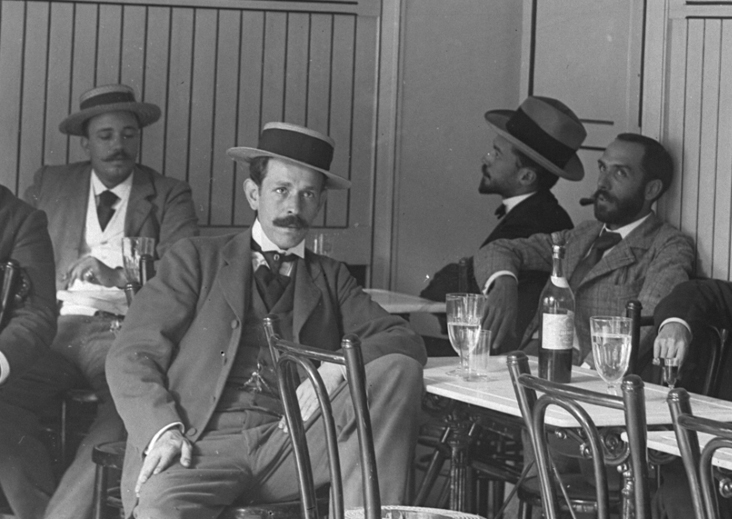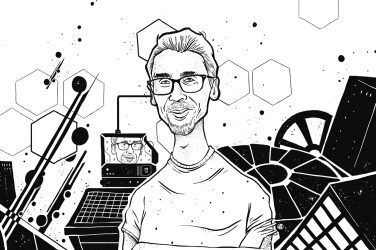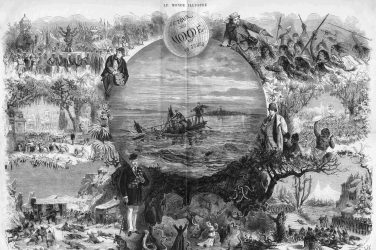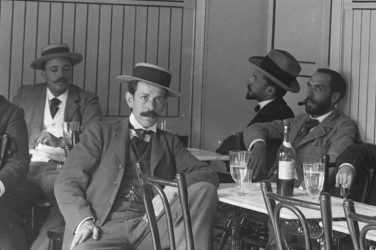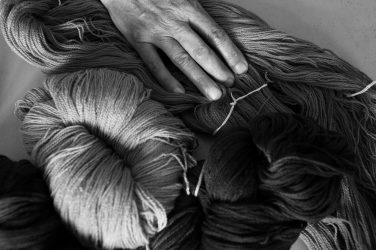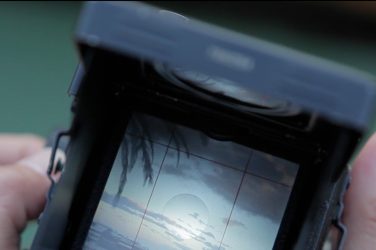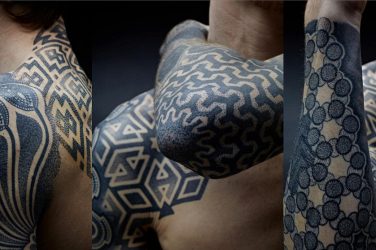Café de Madrid
About one hundred and twenty years separate this cafe where I’m now enjoying my latte from the one where this picture was taken. The place is the same, the beards and the mustaches seem to be so as well, even the outfits remind me of some of the people I’ve run into on my way to the Cairasco Square, on the streets of Triana, Cano and Peregrina. Trimmed beards, sharp, abundant, majestic; as it is determined by the canons of the new “urban tribes” that have even managed to get some of those old fashion “barber shops” to reopen their doors again, due to the hairy demand of the male population.
Trends always come back and you can now find them in every corner of this sixteenth year of the twenty-first century. Two hundred years earlier, on the streets and avenues of Las Palmas of Gran Canaria, facial hair was in fashion. Also hats, they are not just secondary characters in this picture but they also tell us about commercial routes, meetings and exchanges, different cultures separated by thousands of kilometers but whose influences, despite the distances, would reach Gran Canaria as quick as they would reach London.
“The mushroom has the melancholic fear of those poor travelers that have never seen any other places but their home town. There isn’t a single other mushroom in the surroundings. Who can this mushroom talk to?” (Alonso Quesada, 1920, Insulario) (NT: In here “mushroom” refers to the bowler hats used by the English aristocracy. These hats are called “mushrooms” in Spain)
We cannot see on this picture the famous English “mushrooms” portrayed by Alonso Quesada that had been living on these lands for decades. The “mushrooms” would arrive later. But we do find borsalinos and a canotier. An it is obvious that the owner of such a piece of clothing had to be on the foreground. The canotier is a straw hat made in Italy in 1880, it is a symbol of the gondoliers and the Oxford scholars and which use spread over America about twenty or thirty years after it was displayed over the streets of Triana.
The Cafe Madrid was a modern place, with distinguished clientele and where the hygene of the water was guaranteed, that is why so many little bottles of Seltz water (sparkling pressured water) were placed all over the bar, maybe as a gesture to the German colony of the island. It was believed then that carbonated water had many properties, like stopping fevers and killing germs, and it also became a fashionable beverage to take after talking for too long, having had a hard day or to recover after a dance.
In any case, with a hat, beard, mustache or without it, with plimsolls or sandals; Cafe Madrid (Hotel Madrid) remains a spot for meetings and surprises for gatherers and coffee lovers, local or foreigners that find themselves there maybe also looking for a little piece of History while they drink their coffee or a shot of sparkling water.
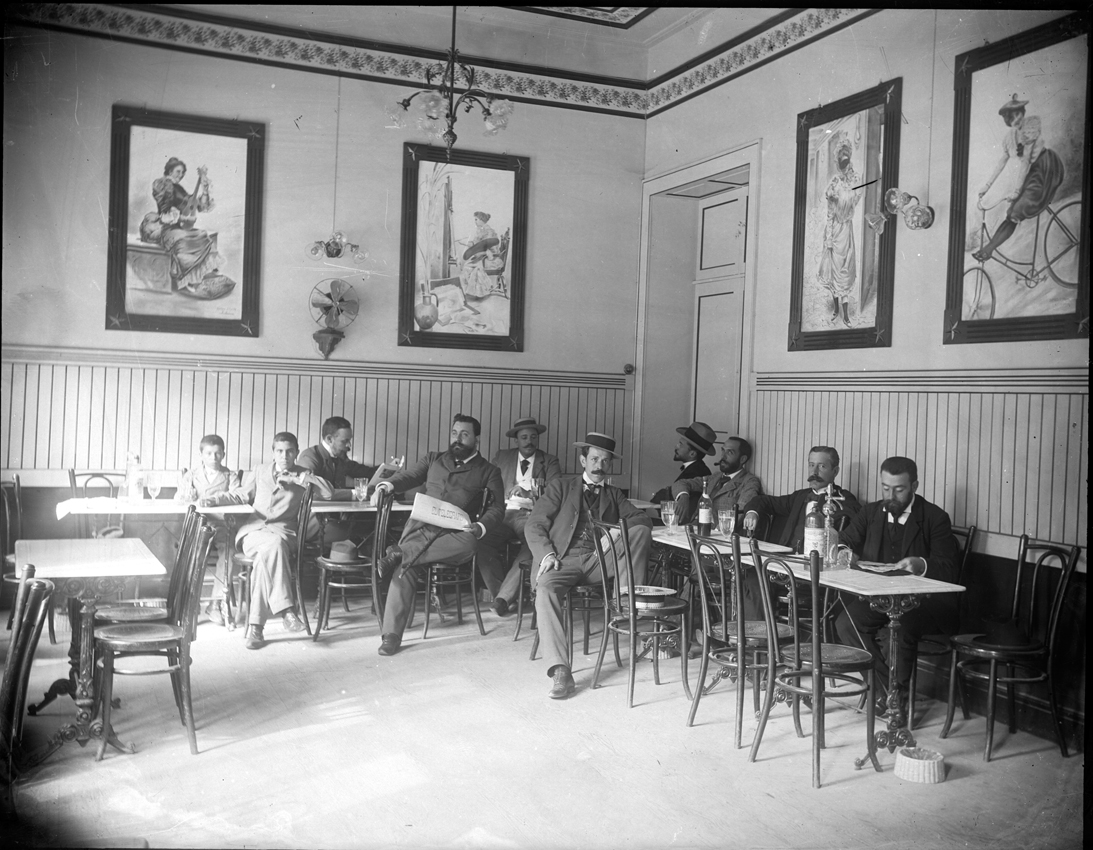
Photographs by Luis Ojeda Pérez.
Photographs Copyright El Museo Canario.


